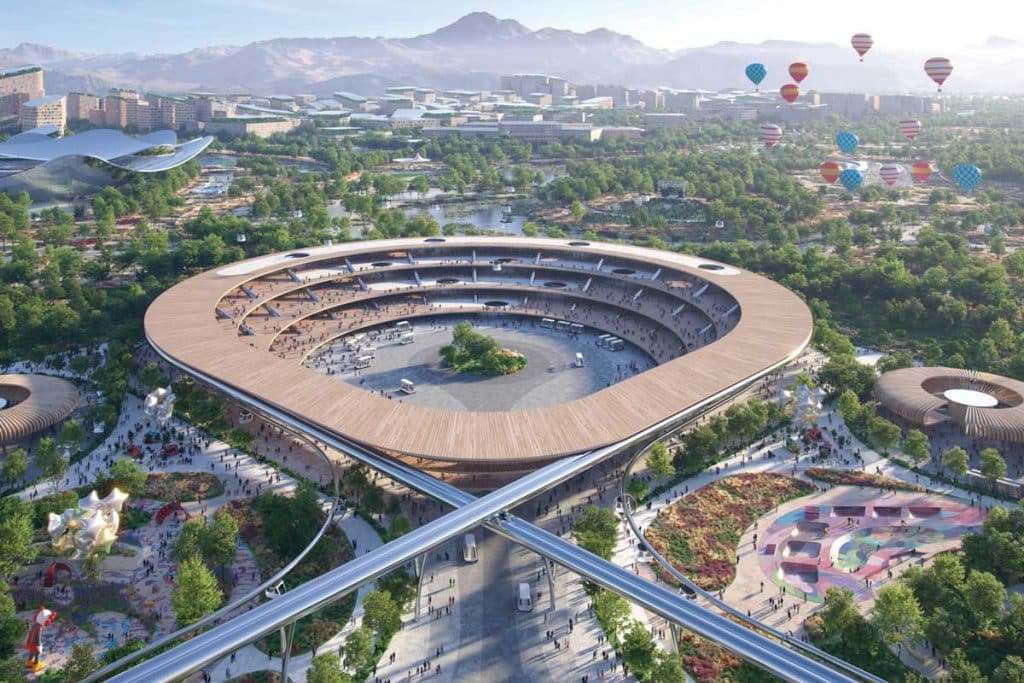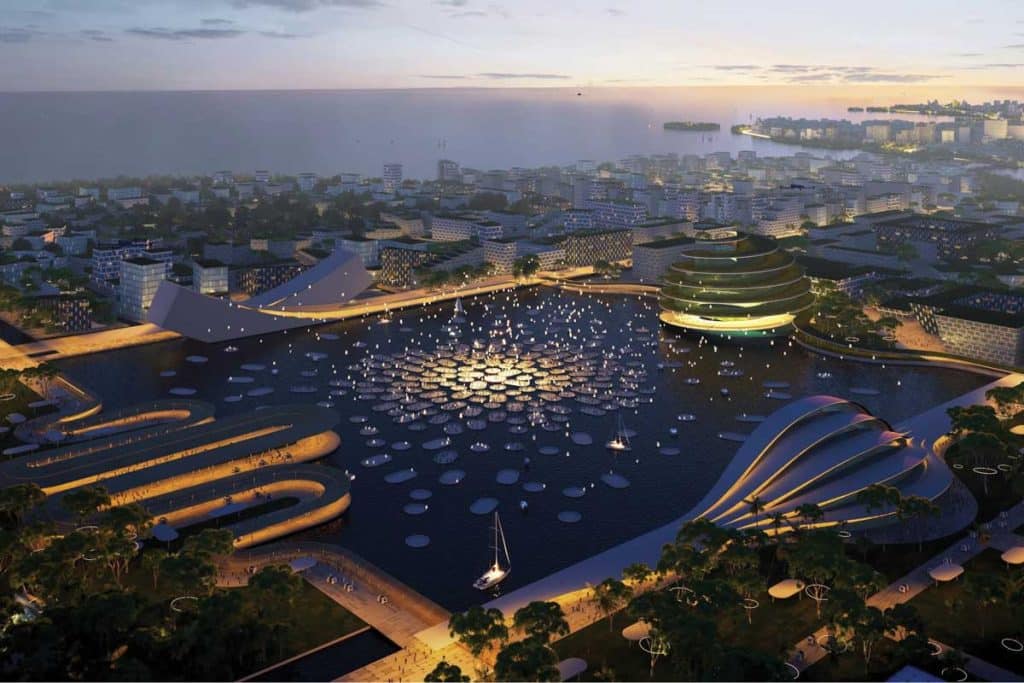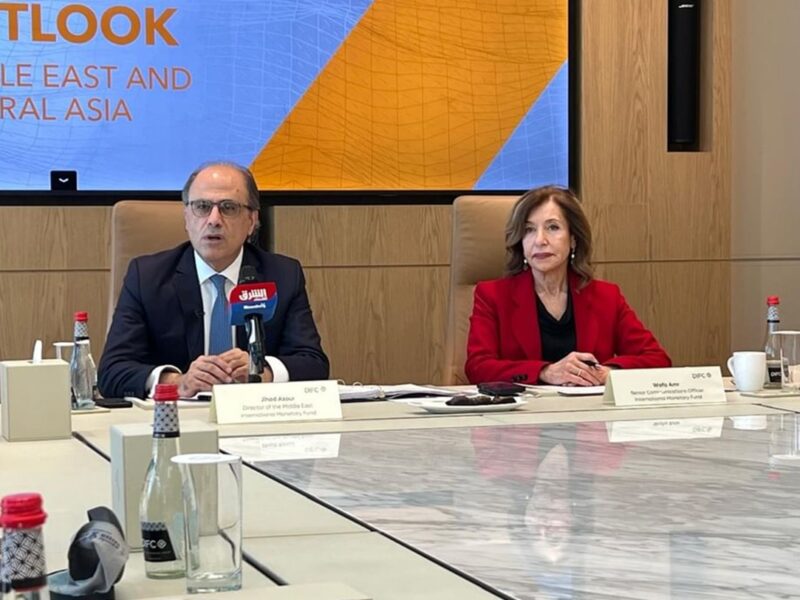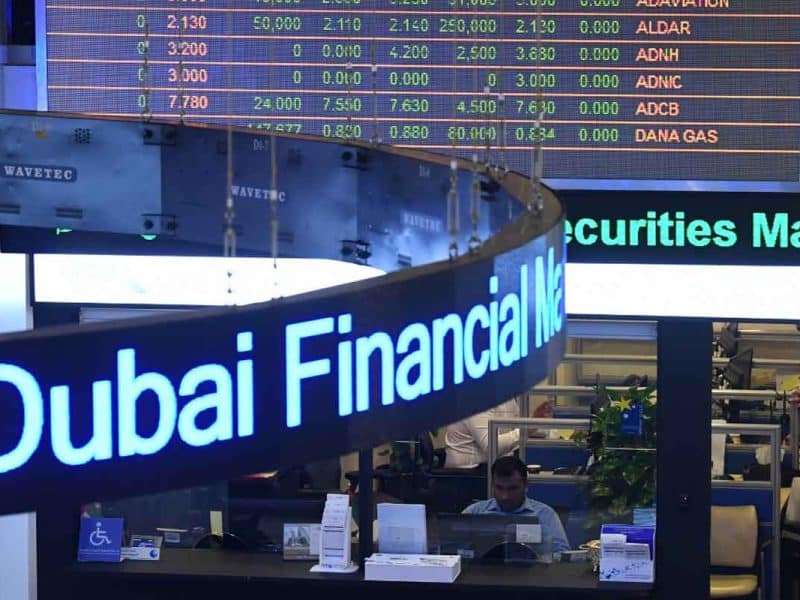Global issues such as pollution and climate change are making the need for sustainable solutions increasingly evident and the construction industry is leading the way with ambitious masterplans for futuristic cities that provide unique solutions to modern urbanisation problems.
Here is a list of nine futuristic cities from around the world – set to be built in the next few years that aim to take design and construction to the next level:
- Saudi Arabia’s The Line
- USA’s Telosa
- Egypt’s new Administrative Capital
- Canada’s The Orbit
- The Maldives Floating City
- India’s Amaravati
- Malaysia’s BiodiverCity
- Mexico’s Smart Forest City
- China’s Chengdu Future City
1. Saudi Arabia’s The Line

Saudi Arabia’s The Line has been called a “civilization revolution that puts humans first”.
First look of the project showed two parallel buildings, with mirror as outer walls, rising 500 metres above sea level. Saudi Crown Prince Mohammed bin Salman said “The Line” will embody “Zero Gravity Urbanism,” where city functions are layered vertically.
A part of the $500 billion megaproject NEOM, the new development will eventually house 9 million residents, according to a statement, and will be built on a footprint of 34 square kilometres.
The totally-pedestrianised city is set to create 380,000 jobs in Saudi Arabia and once completed the carbon emission-free city aims to contribute almost $48 billion to the Saudi economy.
The Line will be situated in a strategic location within NEOM in the northwest of Saudi Arabia that includes beautiful views with a diverse terrain like the red-desert expanses and snow-topped mountains.
Saudi Arabia’s The Line is said to be less than 6 hours away by air travel from about 40% of the world.
2. USA’s Telosa

The city of Telosa aims to create a more equitable and sustainable future for residents.
The city will be built on a 150,000-acre site in the United States.
Envisioned to have a population of 5 million residents over the course of 40 years, the creators of Telosa aim to be the most sustainable city in the world.
Fresh water will be stored and reused on the site and autonomous cars are said to create a safe and flexible streetscape.
The project aims to be ready for move-in by 2030.
3. Egypt’s new Administrative Capital

The project by architectural firm SOM is said to be a privately funded capital city for Egypt.
The 700-square-kilometre development is said to be designed for seven million people and will house one of the world’s largest urban parks.
Announced during the Egyptian Economic Development Conference, the project will include a business and government district, along with cultural attractions.
SOM believes the new sustainable city will support the economy and co-exist in harmony with nature.
4. Canada’s The Orbit

A Toronto-based firm has proposed an agrarian and residential town about 60 kilometres north of Toronto called ‘The Orbit’.
Aiming to be “the city of the future,” the proposal talks about having drone ports and driverless cars.
The project is said to span over 450 acres and house 150,000 residents eventually.
5. The Maldives Floating City

To cope with rising sea levels, Maldives has proposed the world’s first floating city near the country’s capital.
Said to house about 20,000 people, the Maldives Floating City will be built on hexagonal shaped floating structures. The project aims to have 5,000 floating homes in a 200-hectare lagoon.
Buildings will be primarily constructed using a combination of bamboo, timber and concrete produced from recycled materials.
Construction for the project will begin in the second half of 2022.
6. India’s Amaravati

The new sustainable city set on the banks of River Krishna will cover 217 square kilometres and will be the new state capital of Andhra Pradesh.
A needle-top government building will be at the heart of the sustainable city that is said to be surrounded by water and greenery.
Cycle paths, water taxis and electric cars will provide sustainable transport in India’s Amaravati, while rooftop solar panels will power buildings in the $6.5 billion project by Foster + Partners.
7. Malaysia’s BiodiverCity

Developed by BIG in collaboration with Ramboll and local architect Hijjas, the 1821 hectares of BiodiverCity aims to house around 18,000 residents.
Each island within the sustainable city is modelled on the form of a lilypad that will consist of mixed-use districts, 4.6 kilometres of public beaches, 242 hectares of parks and a 25-kilometre-long waterfront.
The entire project aims to support the state’s Penang2030 vision, for which the goal is to become “family-focused, green and smart”.
8. Mexico’s Smart Forest City

Designed by Stefano Boeri Architetti, the first Smart Forest City in Mexico aims to balance green and built spaces.
Set to built on a 557 hectare site, the project will contain 7.5 million plants.
The Smart Forest City will provide home to 130,000 residents and absorb 116,000 tons of carbon dioxide with 5,800 tons of CO2 stocked per year, a statement said.
The project is also designed to become a centre for advanced research with 6 facilities that address some major issues in today’s society.
9. China’s Chengdu Future City

Set to occupy a 4.6 square kilometre site, the Chengdu Future City has been designed by Dutch architecture firm OMA.
The car-free masterplan challenges the conventional urban cities and aims to make each zone accessible by a 10-minute walk on foot.
The master plan will be divided into six clusters with areas dedicated to housing, government facilities and commercial venues.








